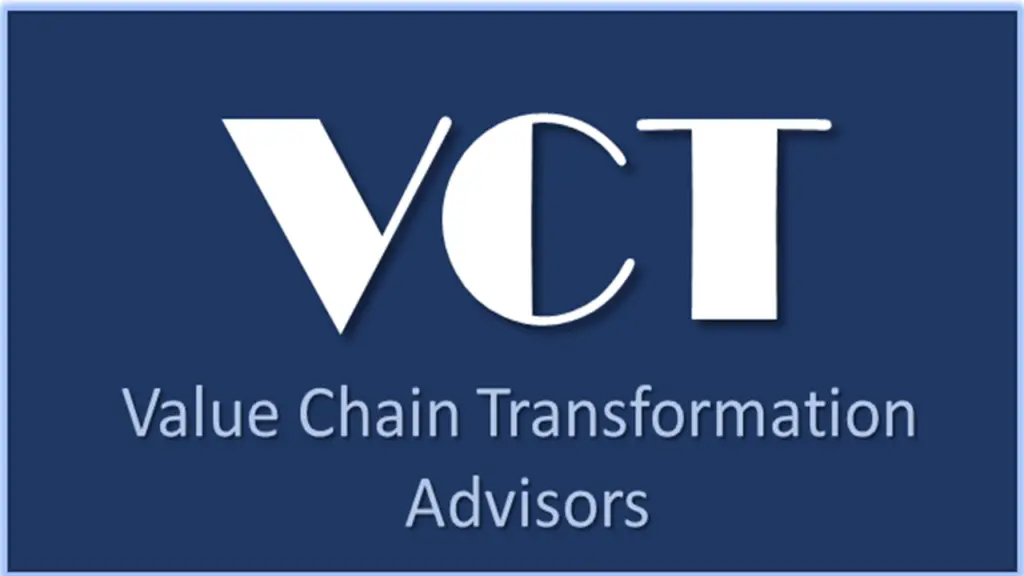The GAINS Summit brought us many valuable sessions highlighting important topics affecting our customers. One of which was a session on using automation to lead to better decision-making hosted by GAINS’ Chief Operating Officer Jeff Gosz. The session covered the experiences of a typical automation journey and how various GAINS users start at different stages within their planning process. In general, the focus was on one of GAINS’ primary objectives, the incremental improvement of decision-making.
There are all sorts of different decisions that an organization has to make; one decision-making framework that is used is called a Kuvan framework.
The Kuvan framework breaks down different types of decisions:
- Simple decisions: where the cause and effect is well known.
- Complicated decisions: where input from multiple parties are needed to really understand the entire situation and make a decision is derived from that.
- Chaotic decisions: where there is no real strong relationship between cause and effect, and sometimes you just need to try and visualize it. It is beyond really coming up with a strong framework.
- Complex decisions: where you must iterate and test and validate the problem to develop the solution.
What types of decisions can be automated?
At GAINS, we have tried to focus on all these different types of decisions that organizations go through on a recurring basis and provide different solutions. For example, for complicated decisions, think of (S&OP) Sales and Operations Planning, where we’re trying to bring together parties from supply, demand, and from operations, etc. The goal is to reach a consensus between complex scenario planning and different simulation capabilities within GAINS, and chaotic, where we may have to use some type of visualization tool like tree maps.
The focus of the Summit session was using automation to make simple decisions as defined by the Kuvan framework and how automation can help promote efficiencies in order to free up more time for humans to target the other more challenging, complicated, complex, and chaotic decision types. Therefore, decreasing bias, error, and making better use of working capital.
Automating bottlenecks within daily and weekly processes and aiming to streamline those will free up time for employees to spend on the other types of decisions. When we think of the more complex types of tasks, we’re thinking of items or tasks that are time-sensitive, high volume, repetitive, and fast-changing, where input data is coming in faster than the process can account for. Those are some simplified ways of thinking about opportunities within your environment where automation can make a difference. Automation brings with it numerous benefits, many of which you may have already experienced, but mainly we are looking for benefits that bring productivity improvements. Asking ourselves how can we apply our time better to those higher-value situations?
Can automation eliminate planning biases?
Obviously, there is more pain in a stockout than in a situation where you’re slightly overstocked. Usually, you get lots of calls when an item is stocked out, whereas you might get a few calls at the end of the quarter when you may be a little heavy on inventory. Whether it is sales forecasting or replenishment planning operations, there’s always some type of inherent bias in response times. Process consistency has become a top issue. Similarly, workforces are more dispersed, with many employees working remotely. Automation allows process consistency to be established across parties. Human error must also be taken into consideration. There are potential pitfalls where automation can come in to eliminate some of these issues as well as capitalize on some of the benefits.
What does successful automation look like?
One example of successful automation would be long-time GAINS customer Graybar, an electrical distributor. Graybar’s done a great job of automating their replenishment. Roughly 95% of their replenishment operations are automated. Transfers, purchase orders, tabling out perhaps the commodities and items that have a lot of price volatility. Graybar emphasizes the fact that you have to focus on the inputs rather than the outputs. If you are always focused on just the outputs, modifying an order recommendation is a one-off, but if you can look at the inputs and understand if:
- an item should be stocked
- it’s being properly classified as an A, B, or C,
- the lead time is correct
- Is an open order accurate for the inbound supply, and are those inputs correct?
The focus should be on those things rather than just trying to manipulate the output to get what we think should be right.
Menards is another client that GAINS have worked with extensively over the past year. They have 330 stores in about 12 distribution centers, 35 million SKUs by location, and are automating 98% of replenishment. By 2:30 AM GAINS is spitting out all of the transfers, their DCs are picked, packed and they are shipping to all their stores by 4:30 AM. All purchase orders are generated and sent out to their vendors. This is an example that shows extremely high automation and that doesn’t happen overnight. Menards has focused on automating that whole process over the past few years using input from GAINS. And in speaking to the folks at Menards, they’re saying that they have observed that a lot of the human biases were avoided as part of the move to automation. If we continue to focus on inputs and consistency, the results will be better overall.
Lastly, the company we are going to focus on is Rockwell Automation. With automation in their company name, we figured they would probably be a good reference for this topic. Rockwell’s journey over the past five years has opened their minds in terms of understanding and being a little bit more creative in identifying opportunities for automation in different processes, from inventory optimization, to supply planning capacity and planning.
The examples above showcase three very different environments and to be clear automation is not a one size fits all approach. As you consider instituting automated processes, we suggest you walk through the different areas of your demand planning, inventory optimization, and replenishment planning operations and look for some seeds where you can find value and ideas to try and focus on those over the next few months or years. Sometimes it is a long process, but one that will ultimately pay dividends.
To learn more about how GAINS can bring automation to your operations to reduce bias and increase efficiency to “Automate Your Way to Better Decisions,” Contact us and speak with our talented and knowledgeable GAINS specialists for a free demo.


